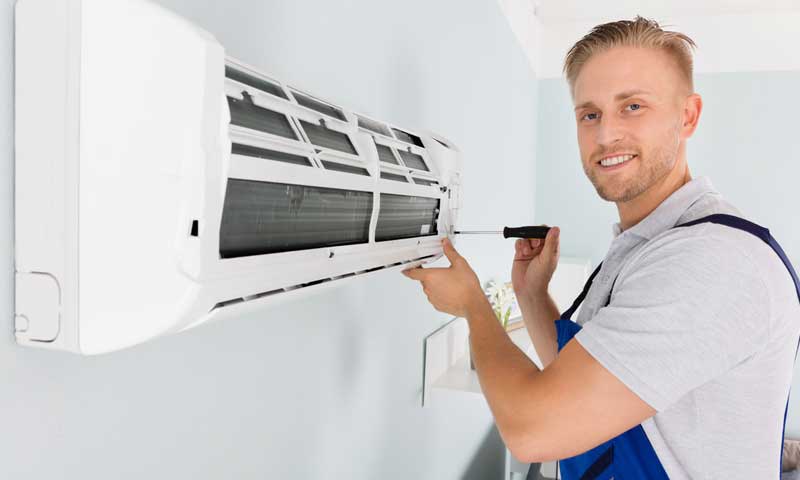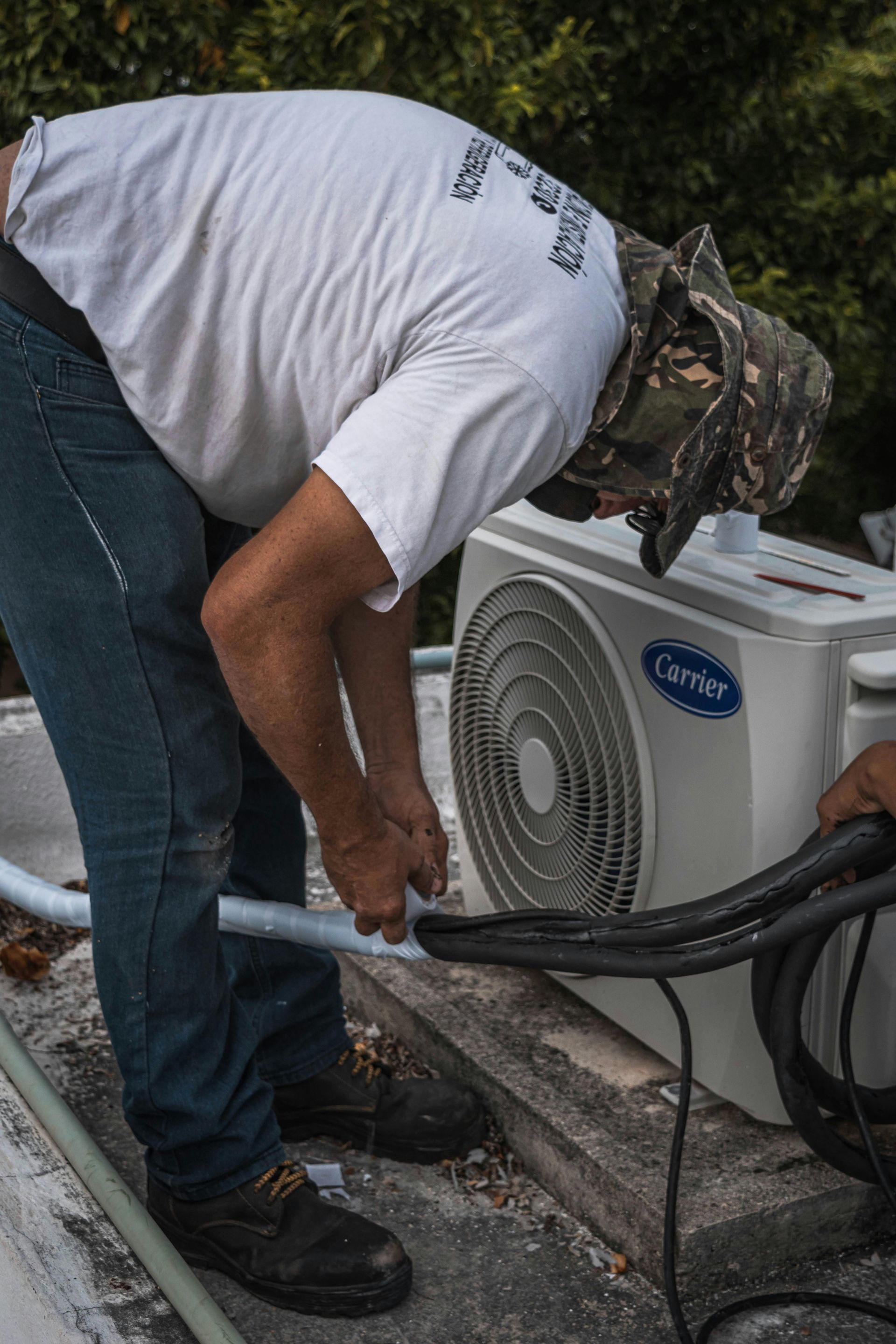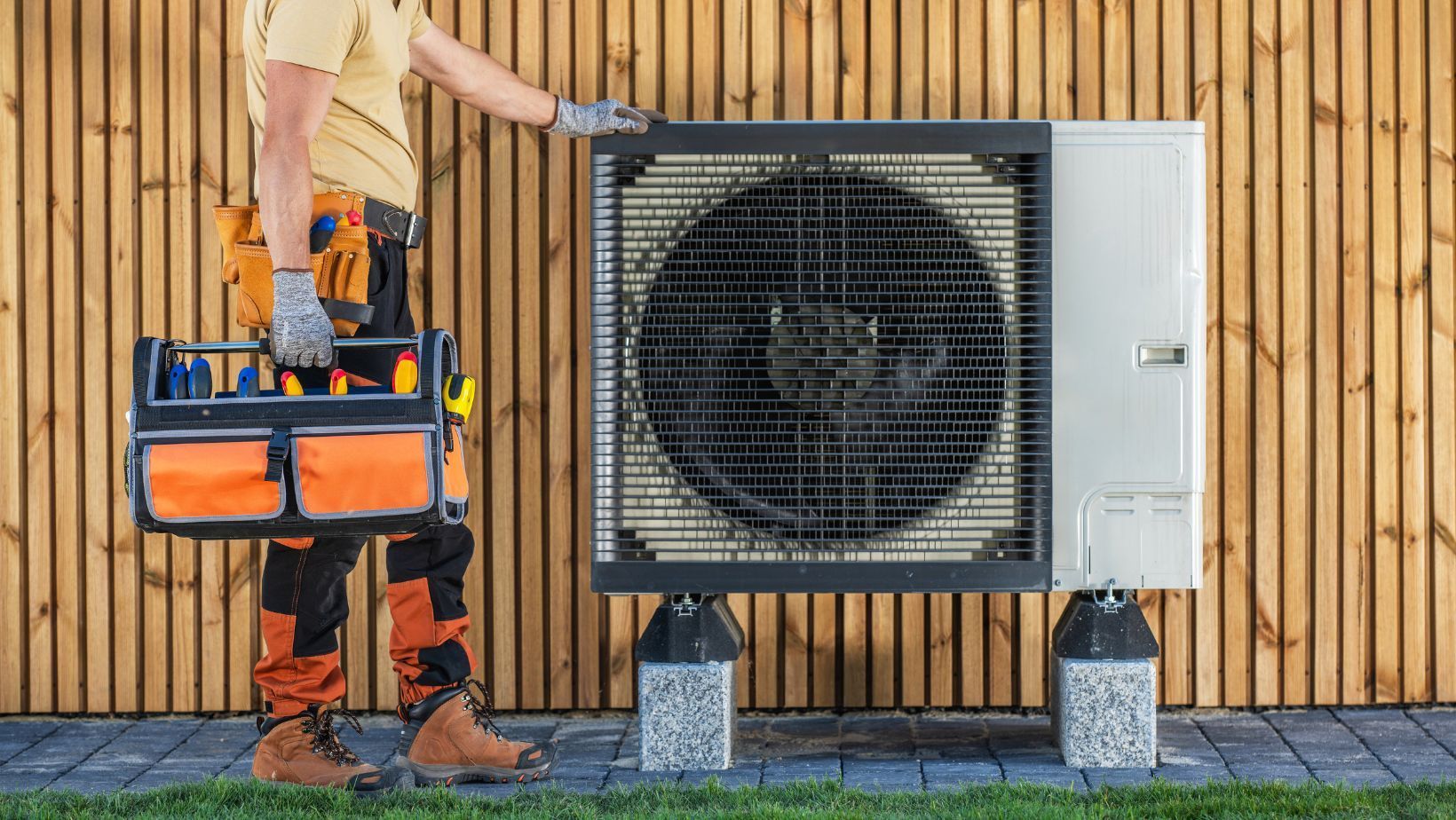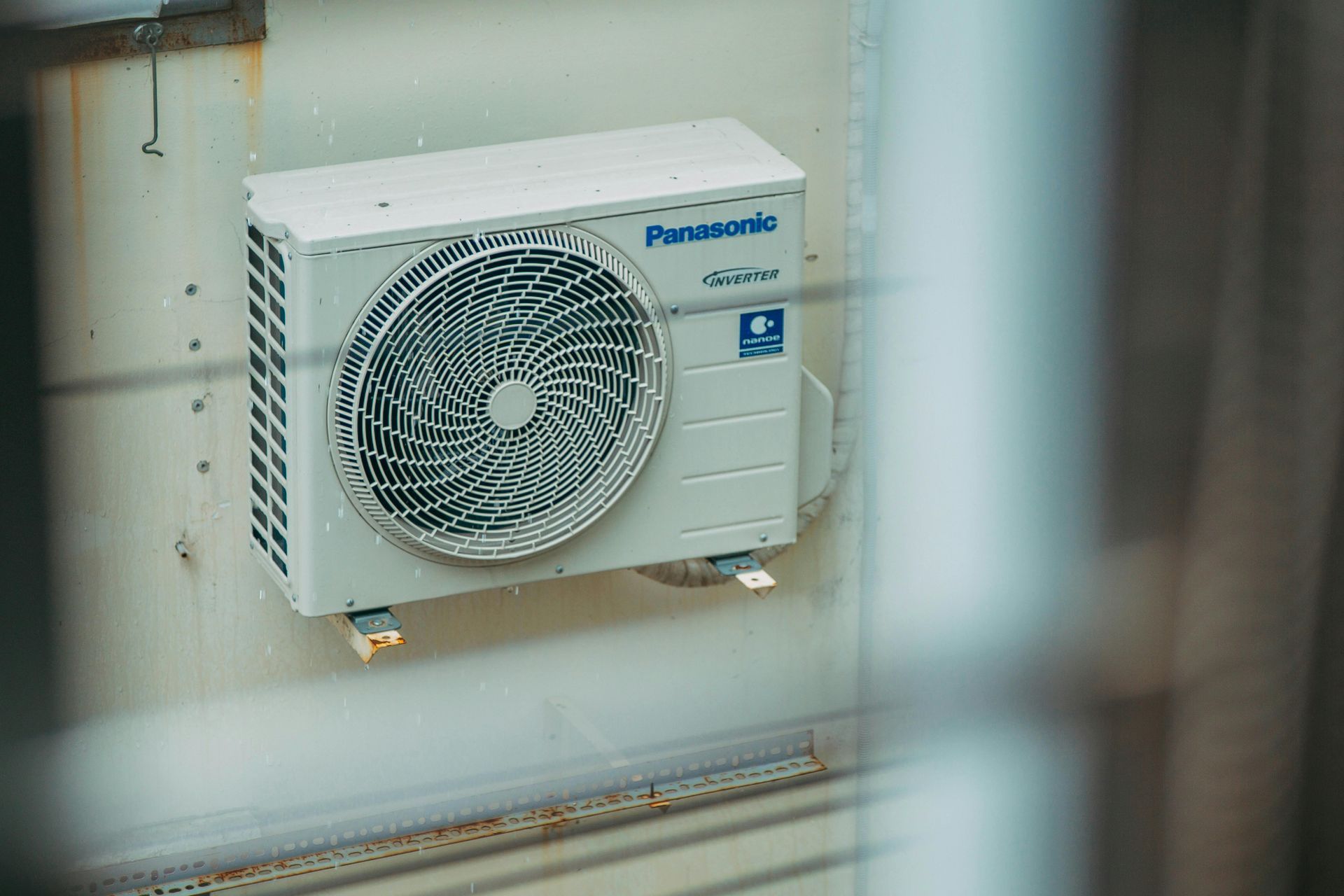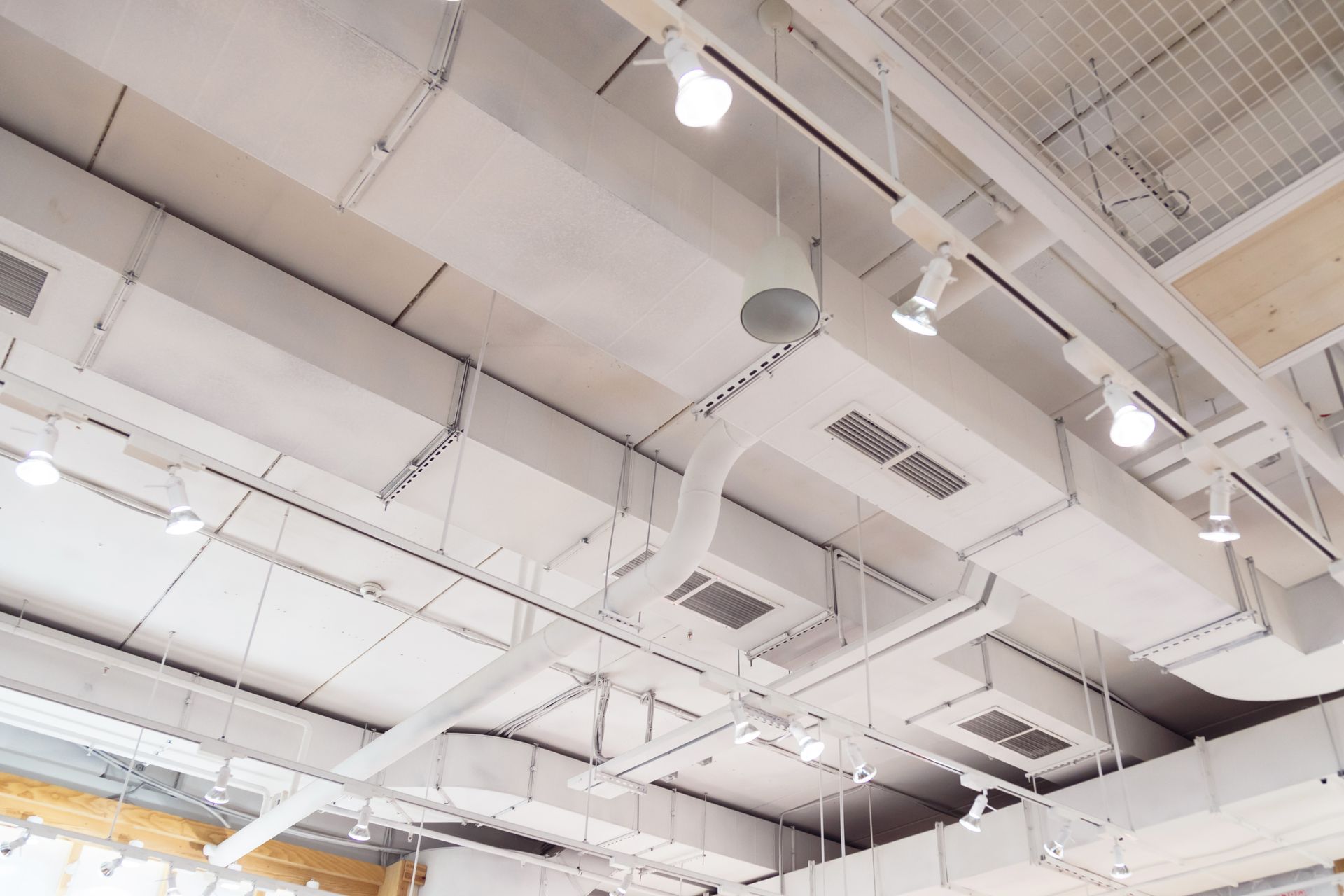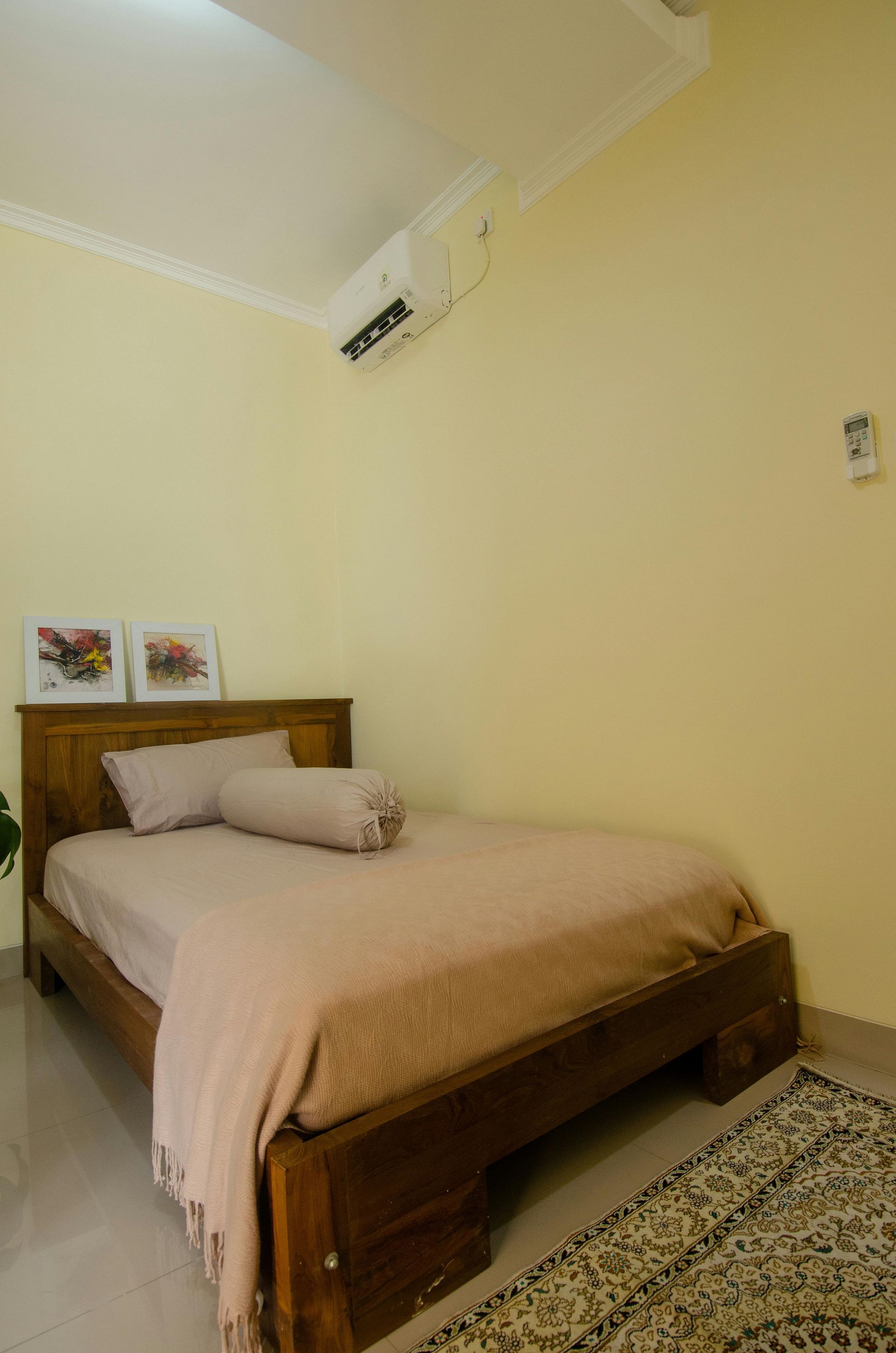From Furnace to Vent: How HVAC System Works near London, Ontario
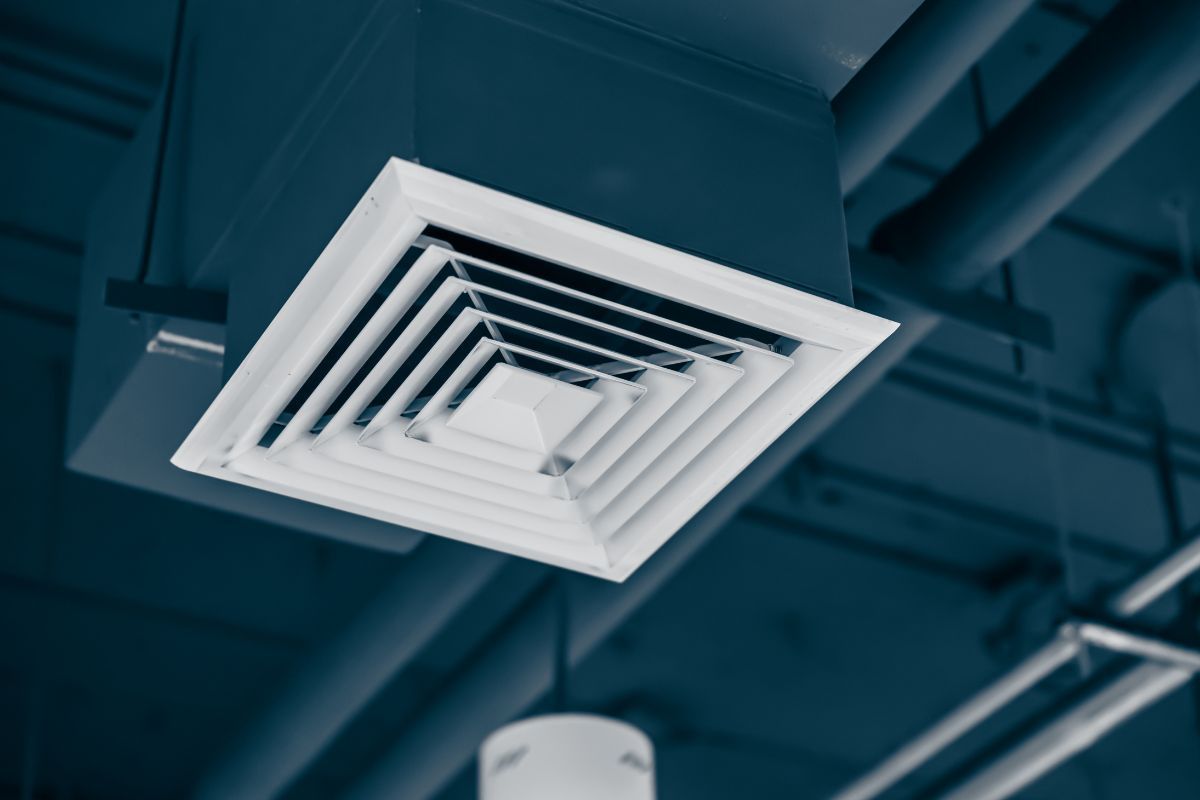
London, Ontario experiences a full range of seasons. Blazing summers and freezing winters demand that your heating and cooling system works efficiently—and consistently. But for most homeowners,HVAC is one of those "set it and forget it" features. Until it doesn’t work. Suddenly you're left asking questions like, Why isn’t the house heating evenly? Why does the AC keep running? or What’s making that rattling sound? Understanding how HVAC system works can give you the clarity to make smarter maintenance decisions—and avoid costly repairs.
This blog offers a clear, practical explanation of how HVAC systems operate, specifically in the context of homes near London, Ontario. Whether you’re considering a system upgrade or just want to know more about what keeps your home comfortable, you’re in the right place.
Key Takeaways
- HVAC systems regulate indoor temperature and air quality year-round.
- The system consists of a furnace, air conditioner, ductwork, thermostat, and vents.
- Understanding how HVAC system works helps prevent common breakdowns.
- Professional maintenance and installation are critical to performance.
- Carver Sheet Metal provides expert HVAC services near London, Ontario.
Overview
Ever wonder how your home stays warm in the winter and cool in the summer? If you live near London, Ontario, chances are you rely on a residential HVAC system to keep things comfortable. But how HVAC system works is still a mystery to many. This guide walks you through the key components of a modern HVAC system—from your furnace to your vents—explains how it all connects, and why proper installation and maintenance matters more than you think.
How HVAC Systems Work: The Basic Concept
HVAC stands for Heating, Ventilation, and Air Conditioning. These systems are designed to manage the temperature, humidity, and air quality in your home.
Here’s how it functions in simple terms:
- Heating: The furnace heats the air using gas, oil, or electricity.
- Cooling: The air conditioner removes heat and humidity from indoor air.
- Ventilation: Ducts and vents circulate air throughout your home.
- Control: A thermostat regulates the system based on your settings.
While that may sound straightforward, the process involves several interconnected components all working in sync.
Core Components of an HVAC System
1. Furnace
This is the primary heat source. It draws in air, warms it through a heat exchanger, and sends it into your ductwork.
In Ontario homes, gas furnaces are common due to their efficiency and availability. A professional needs to size your furnace correctly based on your home’s square footage and insulation quality. Too small, and it won’t heat your space; too large, and it’ll waste energy.
2. Air Conditioner
Most homes near London, ON have central air conditioning. It uses a compressor and refrigerant to absorb heat from indoor air and expel it outside. The cooled air is then pushed back into your home.
3. Thermostat
This is the brain of the HVAC system. It tells the furnace or AC when to start or stop. Newer smart thermostats even learn your preferences and make automatic adjustments.
4. Ductwork
Think of this as the highway for your air. Ducts distribute heated or cooled air throughout your home. If they’re leaky or clogged, your system works harder than it should, leading to wear and tear.
5. Vents and Returns
Vents deliver conditioned air into rooms, while return ducts pull air back into the HVAC system to be heated or cooled again. Their placement and condition can drastically affect system efficiency.
Local Weather and HVAC Demands in London, ON
Living near London means your HVAC system must perform under a wide range of temperatures—from -20°C winter nights to 30°C summer afternoons. A system that’s not installed or maintained correctly will struggle to keep up.
For example, high humidity in the summer can lead to condensation problems, while frigid winters can stress older furnaces. Knowing how HVAC system works in this climate helps you spot potential problems early.
Why Professional Installation Matters
You wouldn’t want an untrained person doing your electrical work—and the same logic applies here. Professional HVAC installers:
- Size the system accurately for your home
- Confirm airflow and ductwork design
- Handle gas and refrigerant lines safely
- Calibrate the thermostat to match system output
- Test the system for performance and safety
If the HVAC system is installed improperly, it may work—but not well. That means you’ll pay more in energy bills and repairs over time.
Common Issues Homeowners Can Avoid
By understanding how HVAC system works, you can reduce the chances of system failure. Here are a few things that go wrong when systems are ignored:
- Clogged Filters: These block airflow, making the system work harder.
- Dirty Coils: Dust-covered coils reduce cooling performance.
- Uneven Airflow: Caused by blocked vents or duct leaks.
- Short Cycling: The system turns on and off too quickly, leading to wear.
Most of these issues are preventable with regular service—something your technician will emphasize during annual checkups.
Why You Should Avoid DIY Repairs
HVAC systems may seem easy to access, but opening them up is risky. Without proper tools or training, you could damage key components or even create a safety hazard.
DIY attempts may:
- Void manufacturer warranties
- Damage electrical or gas lines
- Lead to inefficient operation
- Create fire or carbon monoxide risks
Professionals know how HVAC system works inside and out—and more importantly, how to fix it the right way.
Located at 1245 Sunningdale Road E, London, ON, Carver Sheet Metal has built a reputation for high-quality HVAC installation and service. Contact us at (519) 555-3821 to schedule an assessment and enhance your home's comfort and efficiency.
Their certified technicians handle residential HVAC systems of all types—from furnace replacements to full system upgrades. With decades of experience serving the London area, they understand the specific climate challenges homeowners face.
FAQs
Q: How often should I replace my HVAC filter?
A: Every 1 to 3 months, depending on usage and whether you have pets.
Q: Can one system handle both heating and cooling?
A: Yes, central HVAC systems do both—managed by the same thermostat.
Q: What’s the lifespan of a typical HVAC system?
A: With maintenance, most systems last 15 to 20 years.
Q: How can I lower my energy bills?
A: Use programmable thermostats, change filters regularly, and schedule annual tune-ups.
Q: Is it worth upgrading to a smart thermostat?
A: Yes—many homeowners see energy savings within the first year.
Conclusion
Understanding how HVAC system works isn’t just about curiosity—it’s about making informed choices for your comfort and budget. From the furnace in your basement to the vents in your ceiling, every part plays a role in keeping your home livable through every season near London, Ontario.
If your system isn’t performing the way it should—or you simply want expert insight—Carver Sheet Metal is ready to help.
Still unsure how HVAC system works—or if your setup is running efficiently? Call Carver Sheet and schedule an expert inspection today.
